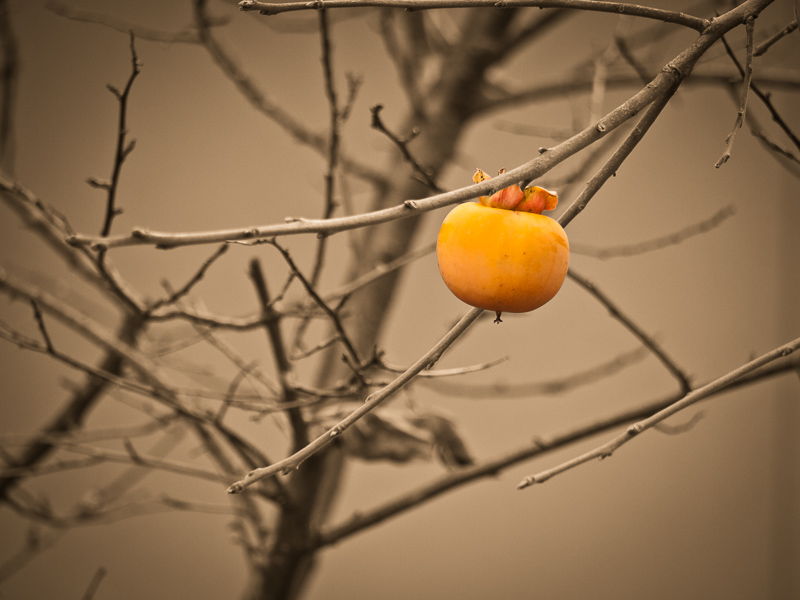Every Picture Is a Compromise
Lessons from the Also-rans
Most photography websites show the photographer's very best work. Wonderful. But that's not the full story of a creative life. If we want to learn, we'd better pay attention to the images that aren't "greatest hits" and see what lessons they have to offer. Every picture is a compromise — the sum of its parts, optical, technical, visual, emotional, and even cosmic – well, maybe not cosmic, but sometimes spiritual. Success on all fronts is rare. It's ok to learn from those that are not our best.
This is a series about my also-rans, some of which I've been able to improve at bit (i.e., "best effort"), none of which I would consider my best. With each there are lessons worth sharing, so I will.

Previous image | Next image |
Original digital capture

Ways of Seeing - Japan Edition
If properly engineered and manufactured, cameras are perfect optical copy machines. They are not, not ever, artists. That is left for us humans. This week, we'll look at various ways of interpreting Japan as have been developed for various of my projects — particularly how I've processed the images in ways other than a "straight shot.".
What I saw that I liked:
These persimmons (kaki in Japanese) are everywhere in the countryside of Japan.
What I don't like in the picture:
The straight shot above has a nice contrast in color between the orange of the kaki and the blue of the background. Nonetheless, I decided for the project I was working on that the blue was not the color of choice for warm-colored project.
What I learned:
I made a selection of the background and simply used the color balance slider to warm the image without effecting the color of the kaki. I find the color balance slider is often handy for changing the mood of an image. |
|


